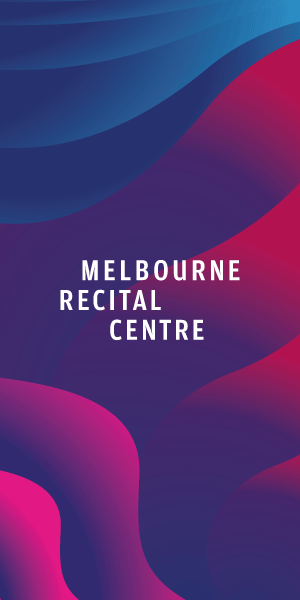Bedggood: friendly footwear
Daniel Bedggood arrived in Melbourne in 1854. Almost immediately he set up a boot and shoe factory in Richmond.
A successful business from the start, succeeding generations kept it going and his son, John, oversaw the transition to a new and bigger factory in Jolimont, at 22 Agnes St, in 1899.
The existing building was a large, three-storey brick warehouse that had been designed for Alfred Fenton and Son, importers of china, glass and earthenware in 1887 by well-known architect, JAB Koch.
Fenton’s had not been able to survive the economic crash of the 1890s and was forced to sell up. The warehouse was built slap up against the old wooden cottage that had once belonged to Governor La Trobe.
This was sold along with the warehouse and the Bedggood company remained its caretakers for many years, even at one point commissioning Edna Walling, the eminent landscape gardener, to create a garden for it.
But eventually the factory needed to expand and the cottage, under the supervision of the National Trust, was moved to the Domain in South Yarra.
Bedggood and Co manufactured a wide range of footwear. If it was for a day at the races, or a day on the golf course, for a party, or a night at the theatre, Bedggood had the shoes for you.
And not only shoes; the company secured the contract for supplying boots to the bushmen’s contingent in the Boer War.
It made cricket boots for both the Australian and English teams, and it provided fleecy lined flying boots to the Australian Air Force.
A pair of the latter travelled to Antarctica in the late 1930s on the feet of George Rayner, biologist and photographer. These boots are now in the care of Museum Victoria. The company’s slogan was, “Friendly Footwear. Good company all day long.”
On February 12, 1931 The Shepparton Advertiser gave a detailed account of the factory and its workings, and in part reported that …
“Last year a large Neon light sign was erected on top of the factory. This sign is very prominent and attracts the attention of many hundreds, of persons travelling by the trains between Melbourne and Richmond. The locality is a picturesque one, and the close proximity of extensive and beautiful park lands ensures to the factory operatives congenial and healthful environment.”
At this time the factory was producing 3500 pairs of shoes a week, and the report continued, “The finished goods are conveniently loaded to the waiting lorries, through wide doors giving access to a broad right of-way.”
The factory closed in 1965 after purchase by an English firm, and the building demolished. Not surprisingly the site was redeveloped as an apartment complex. •

Bottega Tasca: Carlton’s go-to fine wine boutique





 Download the Latest Edition
Download the Latest Edition